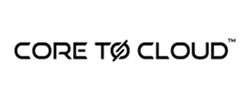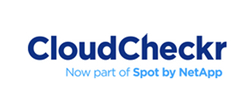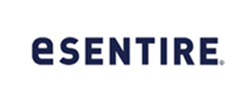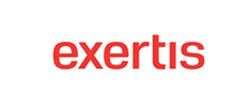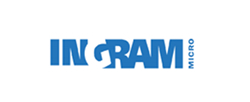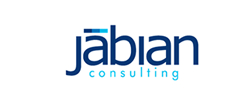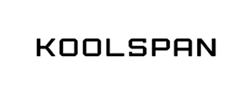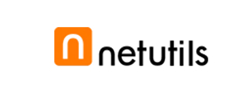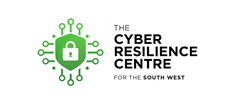Yet, according to Gartner’s Marketing Technology Survey, even marketing leaders that deploy mar-tech stated they leverage only 58% of their mar-tech stack's potential.
With the plethora of offerings all claiming to solve any one of your automation pain points, signing up doesn’t guarantee success. There are many practical aspects to consider before signing on the dotted line.
The market has become very complex and you're not alone trying to make sense of it. Even teams who have invested in core training will struggle to keep up with the latest advances and be able to short-list, integrate and deploy the right solution for the business. Many don’t build in, or budget for, speaking to an expert before deciding.
Sales folk want an all-singing, all-dancing, CRM and the marketing team’s crying out for automation. Most products do both, some come with a hefty price tag and have way more features than most businesses will ever train to use. With so many solutions on the market, how do you decide what's right for you?
Be wary, the purpose of the software solution you’re about to purchase is to automate operations, and reduce the blurred lines of visibility between sales, IT, marketing and operations. If the solution isn’t compatible, or the implementation costs are too high or require yet more resource to make effective, you run the risk of creating a fragmented point solution that can decrease efficiency, ROI and make closed-loop attribution reporting impossible. The exact opposite of what you're trying to achieve.
Many organisations think that by simply adding new shiny features to the mix will be an end to all their problems. The truth is that adding more to the mix does not mean they will get any better ROI. Moreover, they will be in danger of creating a disjointed Frankenstack, with too many layers to maintain, and making closed-loop reporting difficult or impossible.
Your MarTech stack needs careful planning. It’s a collection of technologies specifically tailored to solve business issues and increase revenue. It ranges from point solutions to suites of technologies so a stack is only as good as its most fragile link.
Once you’ve waded through the specifications, run the gauntlet of hungry sales reps and finally picked the right tool for your business, you’re now ready to strike out with marketing campaigns to fill the sales pipeline using CRM.
The business can now harness the extreme power needed to capture and convert leads to prospects created by inbound marketing. By now it should offer all the forensics needed for insight into individual buyer engagements to inform great sales conversations.
Yet at the same time, this can be where initial high expectations may start to tarnish. Just having the tools can give businesses a false sense of potential success as the software doesn’t create the leads and can’t work in isolation. Someone needs to own it, know it, drive it and have more than the basic training and definitely not thrown in at the deep end.
Fundamentally sales and marketing need to be in close alignment. This can mean an operational shift in working relationships. Our experience tells us the larger the activity and budget, the greater the gap between sales and marketing, contrary to what the business expects from “smarketing”.
Why? Well, sales complain that it doesn’t receive quality contacts and content, something that should be provided by marketing. Sales reps rarely follow up leads unless they have reached a certain stage in the process, so gaps in the hand-off process generate tension between the functions of two departments. This then leads to them operating separately and paying lip-service to the relationship.
With smaller businesses, there can be a closer relationship, but each department is working to maximum capacity, and it’s a case of “heads down and get on with it”. This means learning how to use new marketing automation technology and integrating them with CRM systems and processes becomes secondary to business as usual.
Another point to make is that mar-tech is nothing without content to drive prospects through the engagement funnel. Here’s some extra considerations needed to successfully deploy and utilise MarTech to great effect.
In a nutshell, if you’re the right company, with the right culture, then MarTech is oh-so powerful. Without the right marketing resources to fully leverage its capabilities and a sales team trained to use the information they are presented with, you will be disappointed.
Whether you're a 'have' or 'have-not' we have a fully managed demand creation programme that incorporates a sophisticated mar-tech stack designed to integrate with your existing technology environment and complement your team.
If you're a vendor with a 2-tier channel model we can put all this power into the hands of your partners with 100% visibility of results at every step of the way.
Typically, our high-intent leads cost c.£45 each. We don't believe you can do it for less!
Contact us for a demo and we'll be happy to show you how it's working for vendors, partners and distributors alike!
You can follow these links to our community sites here MYREDFORT and The Cloud Community, but they’re only half the story.
If you’d like a demonstration of how we drive lead progression and report for sales enablement simply click the 'Schedule Your Meeting' link.
Book some time straight into our diary (so much easier all round!). Secure your spot now for a 30-minute power session where all your burning questions find their answers!
Schedule Your Meeting


